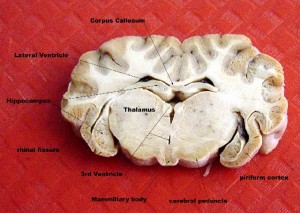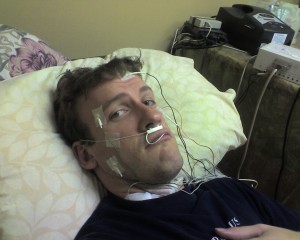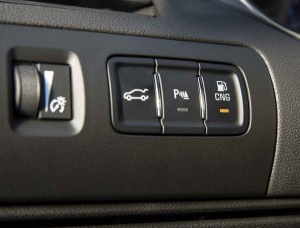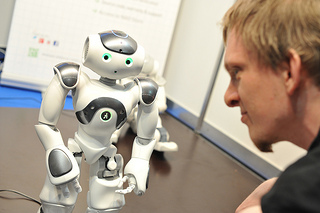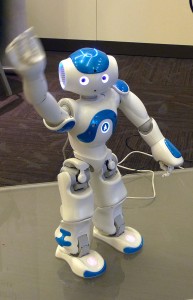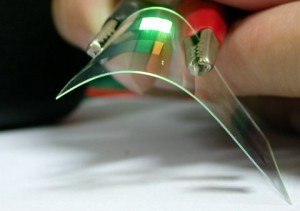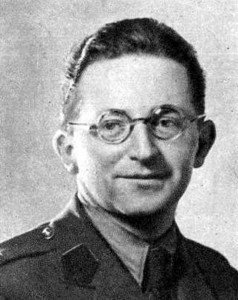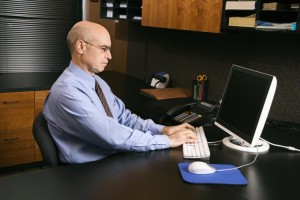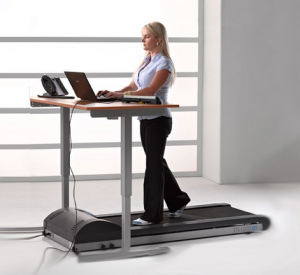Alzheimer’s is, unfortunately, becoming a very well-known term. The impact Alzheimer’s has on the brain, vast amounts of shrinkage, is visibly evident. This brain shrinkage, partly due to plaques forming from carbohydrate increase, is what causes Alzheimer’s to be a full-brain disease.
Plaques, or proteins clumping together, in the brain have been known to be the root cause of Alzheimer’s for a long time. How do these plaques form? As research shows, increased consumption of carbohydrates may be one cause.
As time has passed, society has increasingly become obsessed with cutting out fats from our diet, with the maximum obsession being in recent years. This obsession directs peoples’ attention away from carbohydrates, more commonly known as sugars or carbs, and results in increased ingestion of carbs. Along with resulting in plaque formation, high, uncontrolled consumption of carbohydrates has been reported to turn on genes that cause risk of Alzheimer’s.
The first step to forming plaques is a process called glycation, addition of sugars to proteins, to result in formation of modified proteins. These modified proteins cannot efficiently perform the tasks they are meant to. For example, delivery of cholesterol is not carried out well and hence, causes a depletion in the supply of cholesterol for brain cells. Without cholesterol, the cells of the brain cannot function effectively and brain fat decreases resulting in shrinkage. It’s very similar to a domino effect, one change resulting in many further changes.
Continuing this domino effect triggered by increased sugar consumption, we arrive at our second plaque-forming step. The cells in the brain that cannot function efficiently, due to glycation of proteins, start to clump together because our body puts them into one category: “dysfunctional”. This is when plaques actually forms.
Plaque formation is further carried out by bridges forming between ineffective brain cells, shrinking the brain more, when carbohydrates are increased. Bridges form because, increased carbohydrates in the body result in higher chances of oxidation. What is oxidation? Well, think of an apple left out in the open.
Oxidation results in, as you can see, an inefficient product. If carbohydrates are increased, oxidation in the body increases. Some proteins are more affected by oxidation. These oxidized proteins are found to be in excess in Alzheimer’s patients.
Should we become more obsessed with cutting carbs? The real question might be, does society take things to the extreme? When we are focused on cutting fats we lose track of other foods we consume. If we become obsessed with cutting carbohydrates from our diets, it’s reasonable to assume we would lose track of something else, maybe fats. Too much of one thing, obsessing about cutting fats, for example, could be a bad thing, losing track of ingested carbs. Cutting carbs could be a possible solution to Alzheimer’s, but looking at the bigger picture, maybe the real solution is simply maintaining a healthy diet.
– Surekha Gangar





